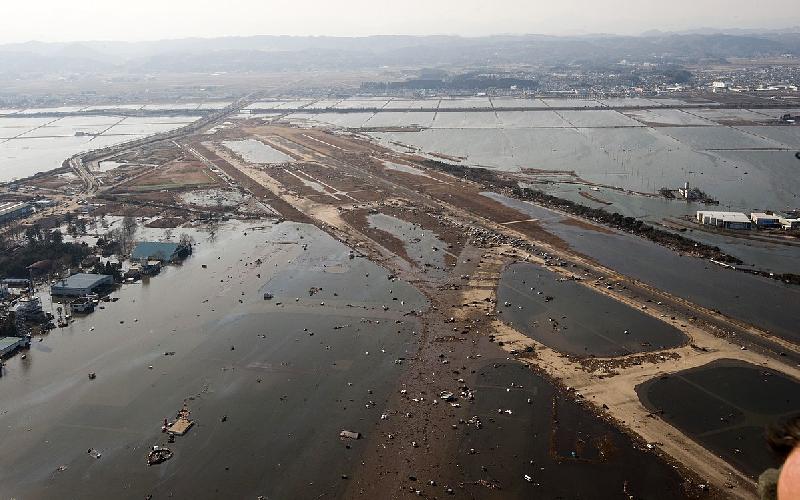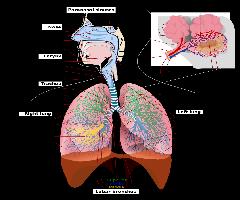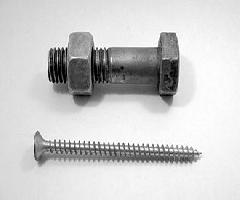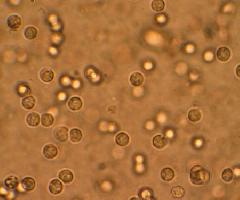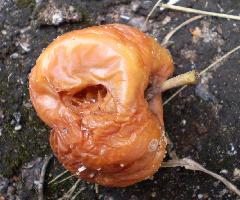An earthquake on December 26, 2004 shook the ground violently and unleashed a series of huge killer waves across the Indian Ocean at enormous speed. This killed 150,000 persons at the end of that day. Others were reported missing. It also left millions of people homeless in 11 countries. The epicenter of the quake, with a 9.0 magnitude, was under the Indian Ocean near the Indonesian Island west coast, the island of Sumatra.
The earthquake was a result of the sliding of the earth’s crust, specifically the India plate under the section called Burma plate. Above the sea floor a great
volume of water was displaced along the fault line where the rupture occurred. The killer waves slammed into the coastline of 11 countries in the Indian Ocean, pulling people into the ocean and drowning them, and demolishing properties.A tsunami is a Japanese word meaning “harbor wave”. In a tsunami, a vast body of water is rapidly displaced, and a series of waves created. This motion of seawater is the source of its destructive power. The waves could be as high as 10 meters.
Have you heard about or seen a tsunami? This can be triggered by volcanic eruptions, earthquakes, landslide, or even by the impacts of meteorites on earth. Tsunamis may also be caused by underwater explosions or nuclear weapon testing in the seas.
How a tsunami occurs
Throw a stone in a pond or lake. Notice a series of concentric ripples. A tsunami is just like those ripples, except that they come in about 10-meter waves. Earthquakes, volcanic eruptions, undersea landslides, and other causes mentioned above cause tsunamis. Since the momentum of the waves is so great, a tsunami that occurred in the Indian Ocean traveled as much as 5000 kilometers to Africa still had enough force to kill 150,000 people and destroy properties. As the waves hit the shore, they become higher, since the shores are shallower.
Signs that Tsunami is Approaching
There are some signs that could warn you if a tsunami is going to happen. Take note of the following:
1. If an earthquake occurs near a body of water.
2. If water along a shoreline recedes dramatically.
3. Some kinds of animals hear the noise of tsunami and move towards the opposite direction towards inland.
4. When you hear a
The tsunami warning system consists of sensors that can detect tsunamis and communications system that could alarm to allow evacuation of coastal areas. Since tsunamis move at 0.14 to 0.28 km/s and earthquake waves at 4 km/s, it is assumed that, when an earthquake is confirmed, there is enough time to predict a tsunami.
To reduce the effect of a tsunami, a tsunami wall of 4.5 meters in height can be constructed in populated coastal areas. Floodgates and channels can be built to redirect the water from the tsunami, and the shore can be covered with trees. All these slow down and moderate a tsunami. However, they cannot totally prevent the destruction and loss of life.
Before a tsunami
Watch out for warning signs. Remember to run uphill when you are near the shore and you felt an earthquake, when you observe animals heading uphill or away from the shore, or when you observe the water at the beaches recede into the sea.
During a Tsunami
If you run uphill on the first warning signs, you will probably have enough time to reach safe high ground. If not, the only thing you can try is to climb up a tree, although there is no assurance that the water will not reach you. The best thing is to run at the first warning signs or when an evacuation announcement has been made.
After a Tsunami
You will have to wait for some time to make sure there are no other waves coming after the first wave before you clear up the debris. A tsunami is a series of waves. The first wave may not be the most dangerous. The waves may come five minutes apart to an hour apart. The cycle may be marked by repeated retreating and advancing of the ocean or sea. Do not go to the shore once the first wave has gone. Expect more to come.
